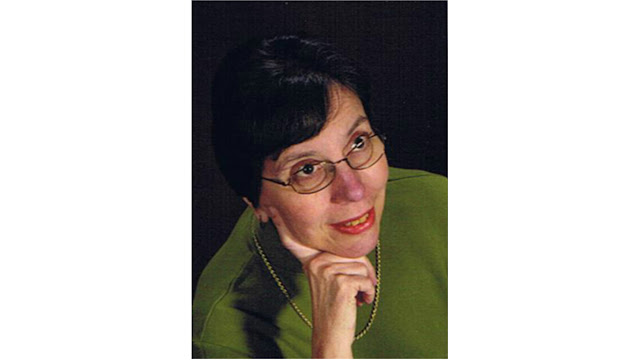The Aquitaine Reluctant Reader Series
Mary J. Nickum is a writer of children's books. She has completed two and she has a series: The Aquitaine Reluctant Reader Series currently under production and will be available this Fall. We have conducted an interview with her.
What are the challenges of writing children's illustrated books?
Writing children’s illustrated books requires text that suggests a picture to the artist. The artist’s picture then must illuminate the child’s curiosity to read further, finally, to complete the book.
Illustrated books are a challenge even if you are not an illustrator. The writer must write text that suggests pictures to the illustrator. These young adult “picture books” I’ve chosen to write are nonfiction and use photographs for illustrations.
What is unique that you have discovered when you were writing "The Aquitaine Reluctant Reader Series"?
This series is a “picture book” for young adults, who for a multitude of reasons, do not like to read. They can read, they just think they have better, more interesting things to do.
These books are geared to the Common Core standards for Grades 9 to 12. By reading these books, students will receive an introduction to the topics and be prepared to begin the study of the topic in their classes. Sources for further study are included in each book.
Why did you want to write about for the reluctant reader?
The reluctant reader is an underserved population in schools, especially high schools, which assume students are interested and will spend the time necessary to read assignments. Not so; they need material that is closely aligned to their school curriculum, most usually prescribed by the Common Core, which is presented in an interesting format, especially copiously illustrated with graphs, side bars and photographs. These books are based on the old adage, “A picture is worth a thousand words”. The information is presented in short, easy-to-read, segments.
What are your key messages?
The key message in this entire series is reading can be entertaining AND informative, even fun.
Which other characters have you crafted that you like the most?
These books are not character driven, they present information in a concise, illustrative format; in other words, they are nonfiction.
Why and when did you begin writing?
I began writing seriously as an undergraduate (English Education major) and have written many scientific articles for nonscientists. I specialize in “science for the public”, concentrating on animals, wildlife and natural phenomena.
Who influenced you the most in your life as a children's book writer?
I attended a session on writing for children presented by Kathleen Kudlinski, a children’s writer, which gave me the impetus to begin writing for children.





